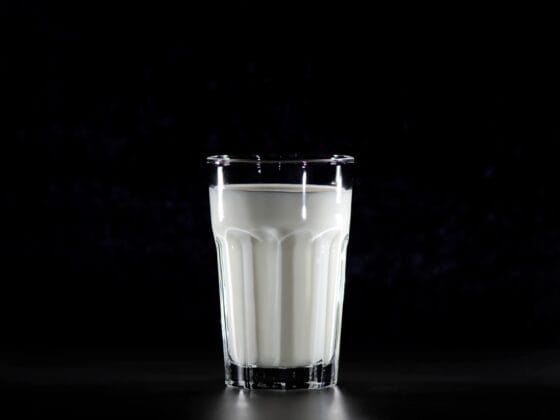The Frequency of a Dog’s Urination
When it comes to owning a dog, there are many factors to consider, including their daily routines and habits. One common question that dog owners often ask is, „ile razy dziennie pies sika?” which translates to „how many times a day does a dog urinate?” Understanding the frequency of a dog’s urination is essential for their overall health and well-being. In this article, we will explore this topic in detail, providing valuable insights and information for dog owners.
Factors Affecting a Dog’s Urination Frequency
Several factors can influence how often a dog urinates throughout the day. These factors include:
- Breed: Different dog breeds have different bladder capacities, which can affect their urination frequency. Smaller breeds tend to have smaller bladders and may need to urinate more frequently compared to larger breeds.
- Age: Puppies have smaller bladders and weaker bladder control compared to adult dogs. As a result, they may need to urinate more frequently. As dogs age, they may also experience changes in their urination patterns.
- Diet and hydration: The type of food a dog consumes and their water intake can impact their urination frequency. Dogs on a wet food diet or those who consume excessive amounts of water may need to urinate more often.
- Health conditions: Certain health conditions, such as urinary tract infections or diabetes, can cause increased urination frequency in dogs. If you notice a sudden change in your dog’s urination habits, it is essential to consult a veterinarian.
- Exercise and activity level: Dogs that engage in regular physical activity and exercise may have a higher metabolism, leading to increased urination frequency.
Normal Urination Frequency for Dogs
While the frequency of a dog’s urination can vary based on the factors mentioned above, there are general guidelines for what is considered normal. On average, a healthy adult dog should urinate between three to five times a day. However, this can vary depending on the dog’s size, age, and overall health.
Puppies, on the other hand, may need to urinate more frequently due to their smaller bladders and developing bladder control. It is not uncommon for a puppy to urinate every 1-2 hours, especially during their early months.
Monitoring Your Dog’s Urination Habits
As a responsible dog owner, it is crucial to monitor your dog’s urination habits to ensure their well-being. By observing their urination frequency and patterns, you can identify any potential issues or changes that may require veterinary attention. Here are some tips for monitoring your dog’s urination habits:
- Take note of how many times your dog urinates in a day and any changes in their usual routine.
- Observe the color and odor of your dog’s urine. Abnormalities in color or odor may indicate underlying health problems.
- Pay attention to any signs of discomfort or straining during urination, as this could be a sign of a urinary tract infection or other urinary issues.
- Ensure your dog has access to fresh water at all times to maintain proper hydration.
When to Consult a Veterinarian
If you notice any significant changes in your dog’s urination habits, it is essential to consult a veterinarian. Some signs that may indicate a problem include:
- Increased urination frequency without an increase in water intake.
- Difficulty or pain during urination.
- Blood in the urine.
- Excessive thirst or dehydration.
- Accidents or inability to hold urine.
A veterinarian will be able to perform a thorough examination and diagnostic tests to determine the underlying cause of any abnormal urination patterns.
Summary
Understanding the frequency of a dog’s urination is crucial for their overall health and well-being. Factors such as breed, age, diet, and health conditions can influence how often a dog needs to urinate. While the average adult dog urinates three to five times a day, it is essential to monitor your dog’s urination habits and consult a veterinarian if you notice any significant changes or signs of discomfort. By being attentive to your dog’s urinary patterns, you can ensure their urinary system is functioning properly and address any potential issues promptly.







